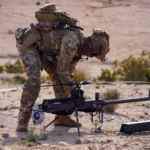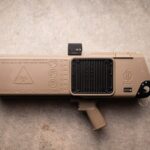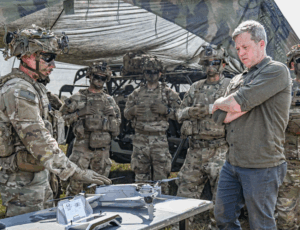
The Army is increasingly dependent on the service-wide communications network that provides units and commanders at all levels the information needed to perform its various missions, but the complex network is vulnerable to cyber-attack and commanders have little understanding of how to defend it or retaliate against an enemy's opposing systems, service officials said Nov. 10.“We must drive convergence,” Maj. Gen. Stephen Fogarty said at a forum on Army cyber capabilities hosted by the Association of the U.S. Army outside…

 By
By 











